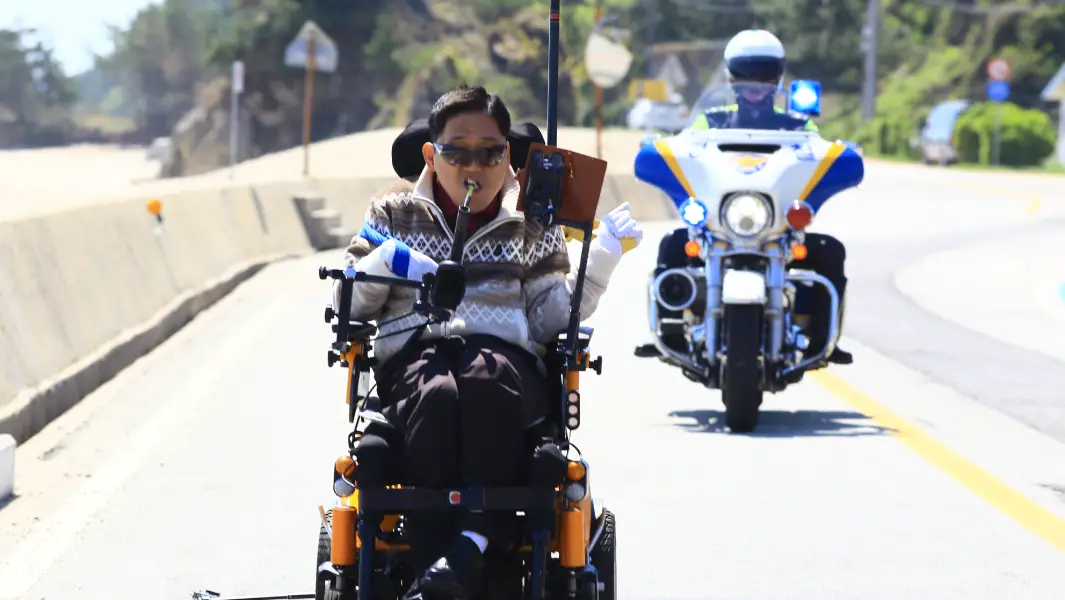


At their peak, dance marathons were perhaps the most popular, yet most controversial, form of live entertainment in the USA.
Birthed from the jovial spirit of the Roaring Twenties as simple dancing competitions, dance marathon events quickly spiralled into exploitative public spectacles during the Great Depression of the 1930s.
Dance fever first gripped America in 1923 when dance instructor Alma Cummings set a record at New York's Audubon Ballroom by dancing for 27 hours with six different partners.
This record proved to be a tantalizing trophy for America’s aspiring dancers, as over the next three weeks it was broken at least nine times across the country.
Dance marathons became increasingly popular as the 1920s gave way to the hardscrabble 1930s. The events offered food and shelter to spectators and contestants, in addition to lucrative cash prizes equivalent to a year’s wages. After paying the relatively low admission fee, attendees were free to stay as long as they wanted.
At the height of the craze, an event was hosted in almost every American city, with audiences predominantly comprised of women.
Many spectators found a perverse delight in witnessing the physical suffering of the dancers.

The rules of the dance marathons were fairly simple: competitors were required to remain standing upright while constantly moving their feet. Every few hours, they were allowed 15-minute rest breaks on beds which were sometimes wheeled onto the dancefloor, allowing spectators to continue watching the contestants.
Smelling salts were used to awaken contestants who did not get up in time, and those who did not respond were sometimes slapped or dunked into ice-water baths.
Contestants were fed up to 12 times per day, which was a big incentive for people to participate. Of course, they had to keep dancing while eating.
In addition to eating, contestants were permitted to perform tasks such as washing, shaving, and reading, all whilst keeping their feet moving.
As the events unfolded, the marathons took a more sinister turn. Dancers, pushed to their limits, often relied on their partners to hold them up as they slept, risking disqualification if their knees touched the floor.
To maintain the momentum of the show, floor judges would occasionally resort to hitting the legs of sluggish dancers with a ruler. Some contestants were even made to race each other to keep their place in the competition.

Inevitably, the adverse effects of sleep deprivation began to surface.
In April 1923, a 27-year-old man named Homer Morehouse tragically collapsed and died after dancing for 87 hours. Dance marathons were immediately banned in Boston, and Los Angeles followed suit in the same year.
In 1928, a woman from Seattle named Gladys Lenz attempted suicide shortly after she finished competing in a dance marathon. During the contest, she was punched in the jaw by her partner, who seemingly suffered from psychosis due to sleep deprivation. Gladys and her partner received just $50 after placing fifth, missing out on the grand prize of $1,000. Seattle banned dance marathons within the year, as did New Jersey.
Dance marathons were banned in New York in 1933, and in the same year, a week before Mexico’s first dance marathon was due to take place, Mexico City banned them. The city council declared that the proposed dance marathon, promoted by an American, “benefited nobody,” and a permit for the event was not given.
An additional dark stain on the phenomenon of dance marathons is that many were reportedly rigged – unbeknownst to the audience or other contestants - with winners being chosen in advance and promoters taking cuts of the prize money.
Interest in dance marathons had mostly died down by the late 1930s, by which time most local authorities had already banned them.
Some of the longest dance marathons went on for months. Broadway star June Havoc competed in multiple dance marathons, starting at age 14. Her record was reportedly over four months, during which she slept for only 15 minutes at time.
In 1933, Callum DeVillier and Vonny Kuchinski of Minneapolis won an event in Massachusetts, claiming the prize of $1,000, after dancing for five months.
Today, Guinness World Records does in fact monitor dance marathon records, however, challengers are permitted frequent rest breaks to ensure their safety. For every hour of continuous dancing, participants earn five minutes of rest, which can be accumulated if not taken.
No one under the age of 16 is permitted to attempt the record.
Currently, the record for the longest dance marathon by a pair belongs to Nepalese sisters Alisha and Rubisha Shrestha, who danced for 41 hours in May 2019.
The longest dance marathon by an individual was achieved by 16-year-old Srushti Sudhir Jagtap (India), who danced for an incredible 127 hours in June 2023.
Want more? Follow us across our social media channels to stay up-to-date with all things Guinness World Records! You can find us on Facebook, Twitter, Instagram, Threads, TikTok, LinkedIn, and Snapchat Discover.
Don’t forget, we’re also on YouTube!
Still not had enough? Follow the link here to buy our latest book, filled to the brim with stories about our amazing record breakers.